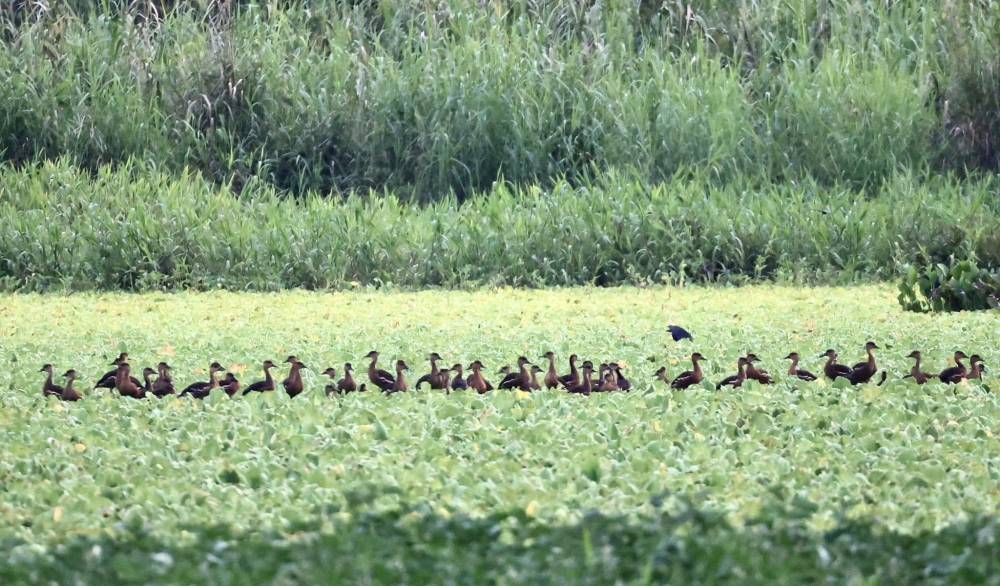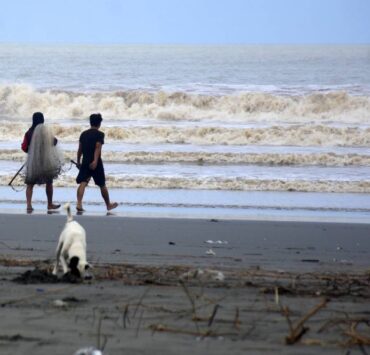Agusan Marsh joins global network for migratory birds

SAN FRANCISCO, AGUSAN DEL SUR—Agusan Marsh Wildlife Sanctuary (AMWS) in Agusan del Sur province now forms part of the East Asian-Australasian Flyway Partnership (Eaafp), a global network of wetlands that provides safe haven and stopover for migratory birds.
The AMWS inclusion in the network was sealed in a ceremony during the 12th Meeting of Partners (MOP12) on Nov. 10, hosted by the Department of Environment and Natural Resources-Biodiversity Management Bureau (DENR-BMB) at the Olango Island Wildlife Sanctuary in Cebu province.
With the designation, Agusan Marsh joins more than 150 key wetlands recognized under the Eaafp network, which safeguards vital habitats along the migratory route spanning Alaska, Russia, East Asia and Australia.
These wetlands are considered vital to the survival of over 50 million migratory birds from 250 species that traverse the East Asian-Australasian Flyway, one of the world’s most important bird migration routes stretching from Alaska and Russia to Australia and New Zealand.
Biodiversity hot spot
The designation formally acknowledged Agusan Marsh as a critical stopover and refuge for migratory waterbirds that travel thousands of kilometers each year between their breeding and wintering grounds.
The sanctuary spans 14,835 hectares of freshwater wetlands, a mosaic of lakes, swamps and river channels within the Agusan River Basin. It shelters more than 200 bird species, including the Philippine duck (Anas luzonica), great egret, whiskered tern and several Arctic-breeding shorebirds.
It is also considered home to the Manobo indigenous communities who have long depended on its rich ecosystem.
Agusan Marsh has already been listed as a Ramsar Wetland of International Importance in 1999. The new Eaafp designation reaffirms its role as a biodiversity hot spot and safe haven for migratory species that cross international borders.
Beyond serving as a seasonal refuge for migratory birds, Agusan Marsh also shelters several threatened and globally significant species, highlighting its dual role as both a migration stopover and a year-round biodiversity sanctuary.
Native duck
Foremost among these species is the Philippine duck, the country’s only endemic duck species, now listed as vulnerable by the International Union for Conservation of Nature (IUCN). Also recorded in the sanctuary is the Oriental darter (Anhinga melanogaster), a sleek, fish-eating waterbird classified as near threatened due to habitat degradation.
The marsh’s dense vegetation and slow-moving waterways also host the southern silvery kingfisher (Ceyx argentatus), a colorful bird endemic to Mindanao’s forests, also considered near threatened by the IUCN.
Adding to its ecological importance are the writhed hornbill (Rhabdotorrhinus leucocephalus) and the Mindanao tarictic hornbill (Penelopides affinis), two of Mindanao’s emblematic species whose populations continue to decline amid habitat loss and hunting pressures.
Agusan Marsh joins the Olango Island Wildlife Sanctuary in Cebu, the Las Piñas-Parañaque Critical Habitat in Metro Manila, and the Tubbataha Reefs Natural Park in Palawan as Philippine sites under the Eaafp network.

















